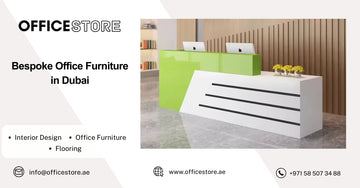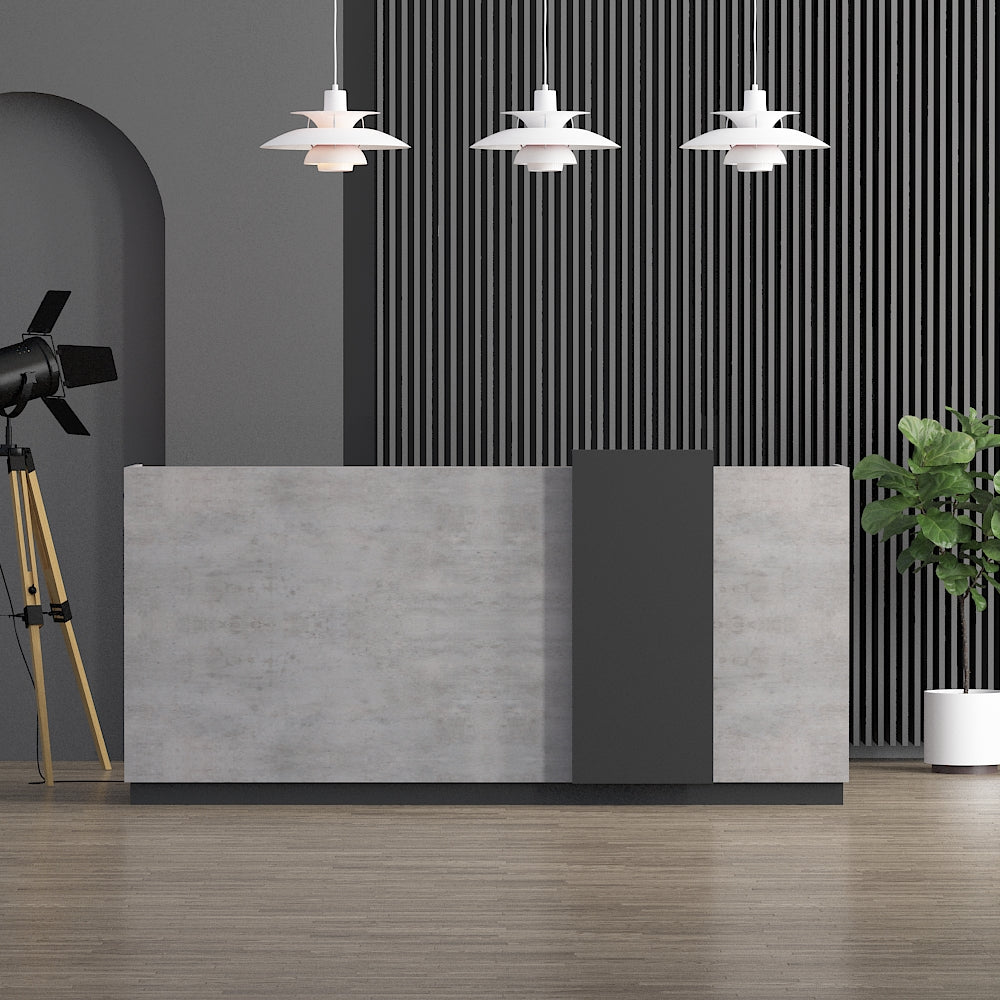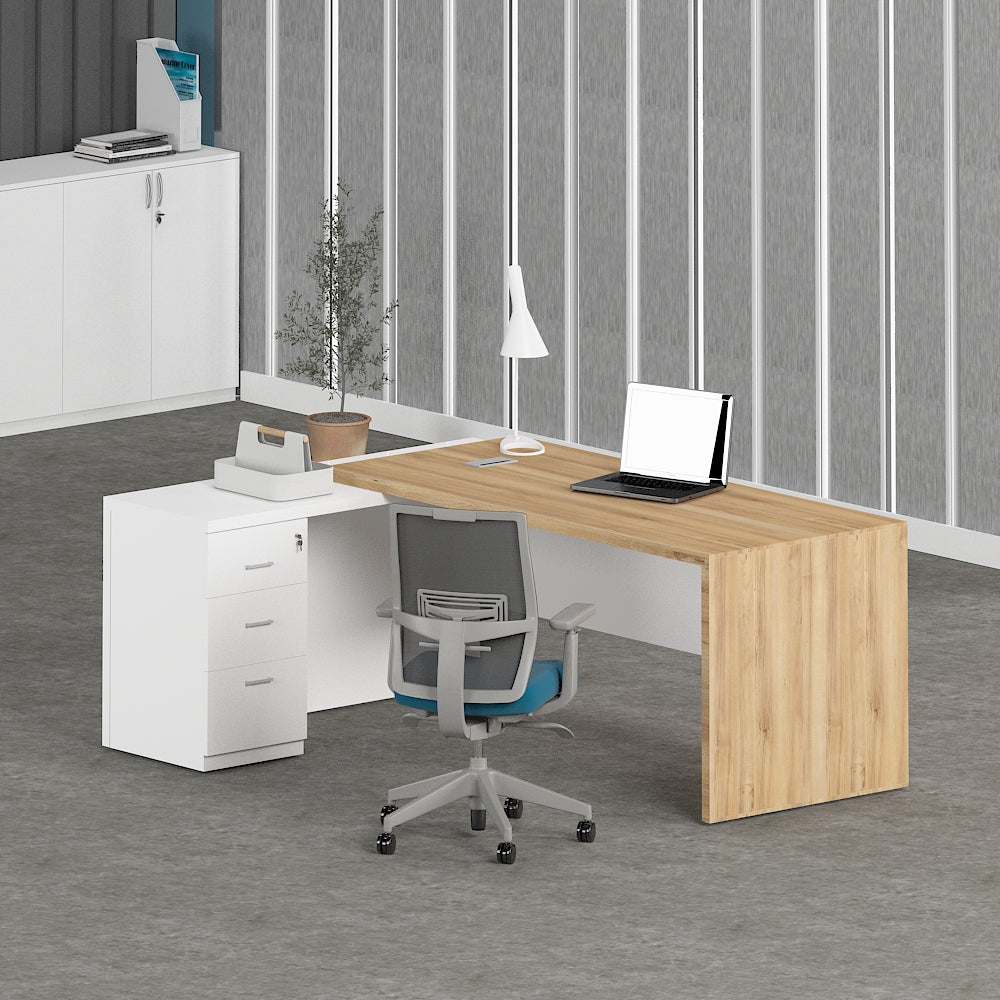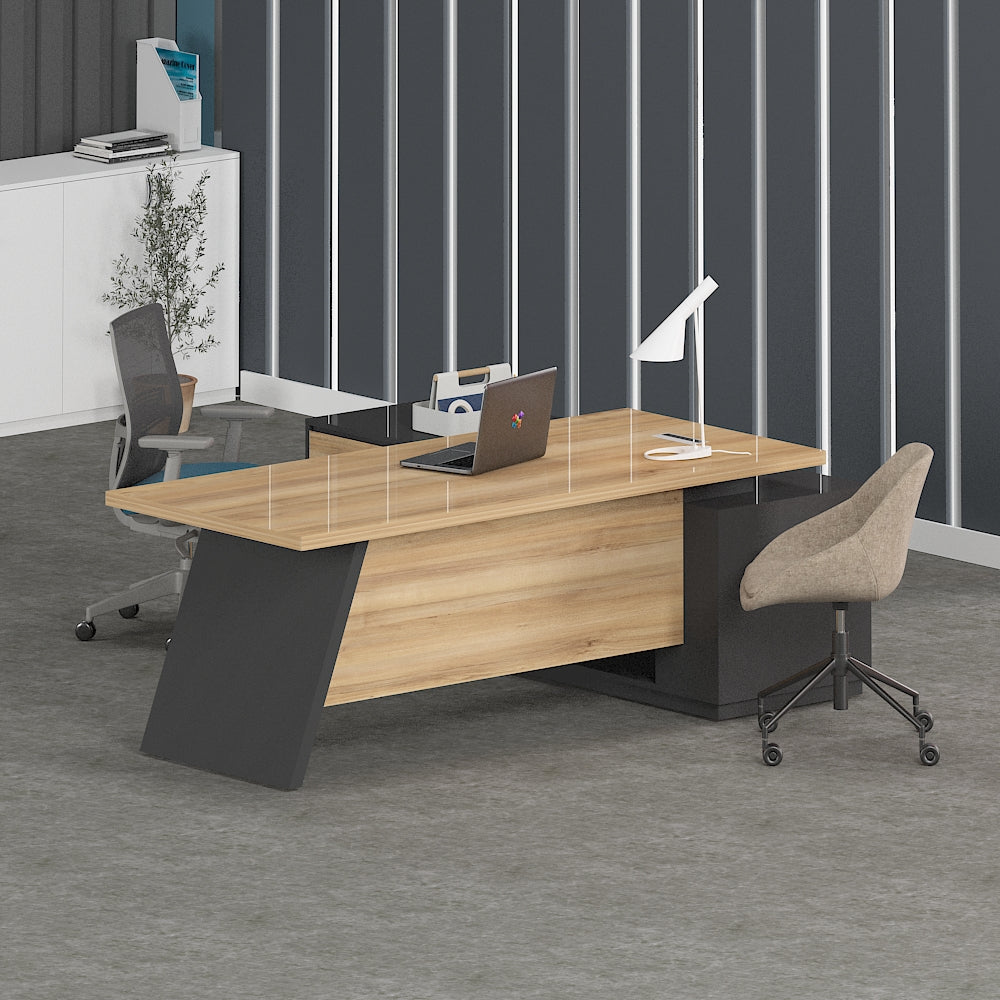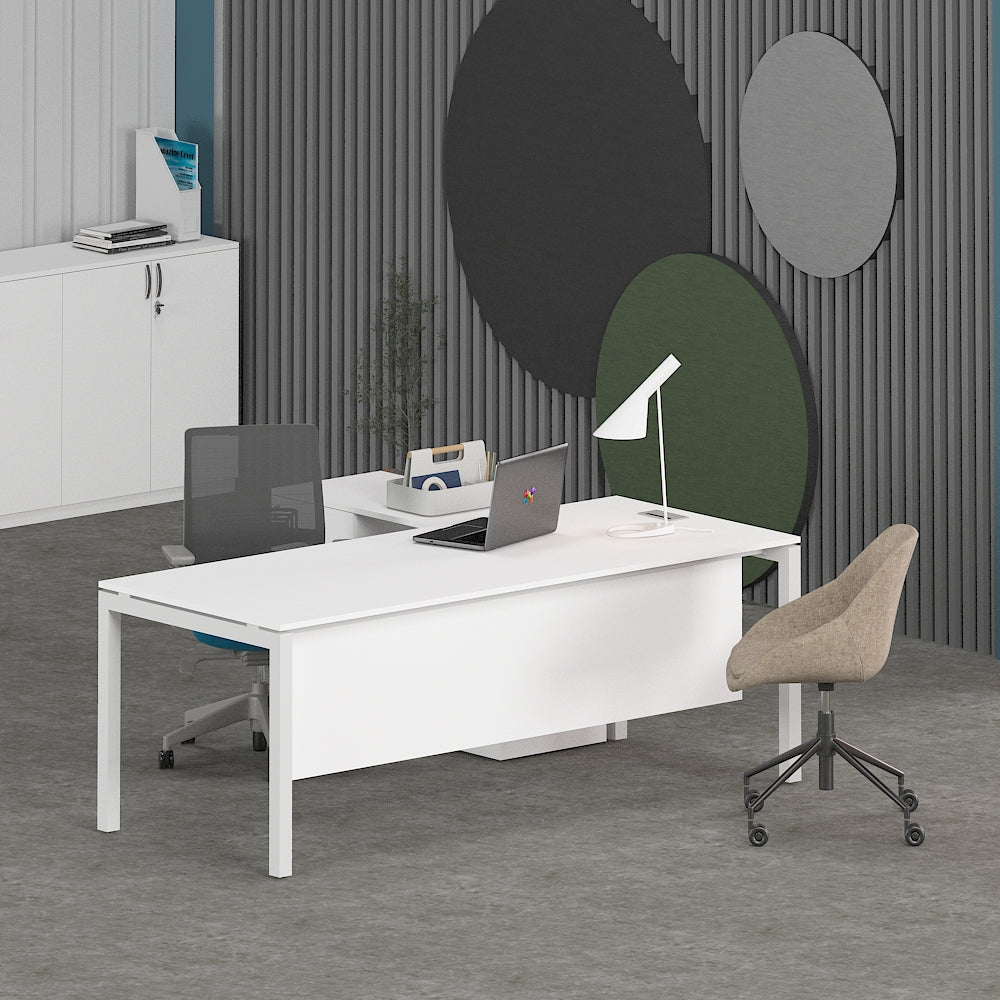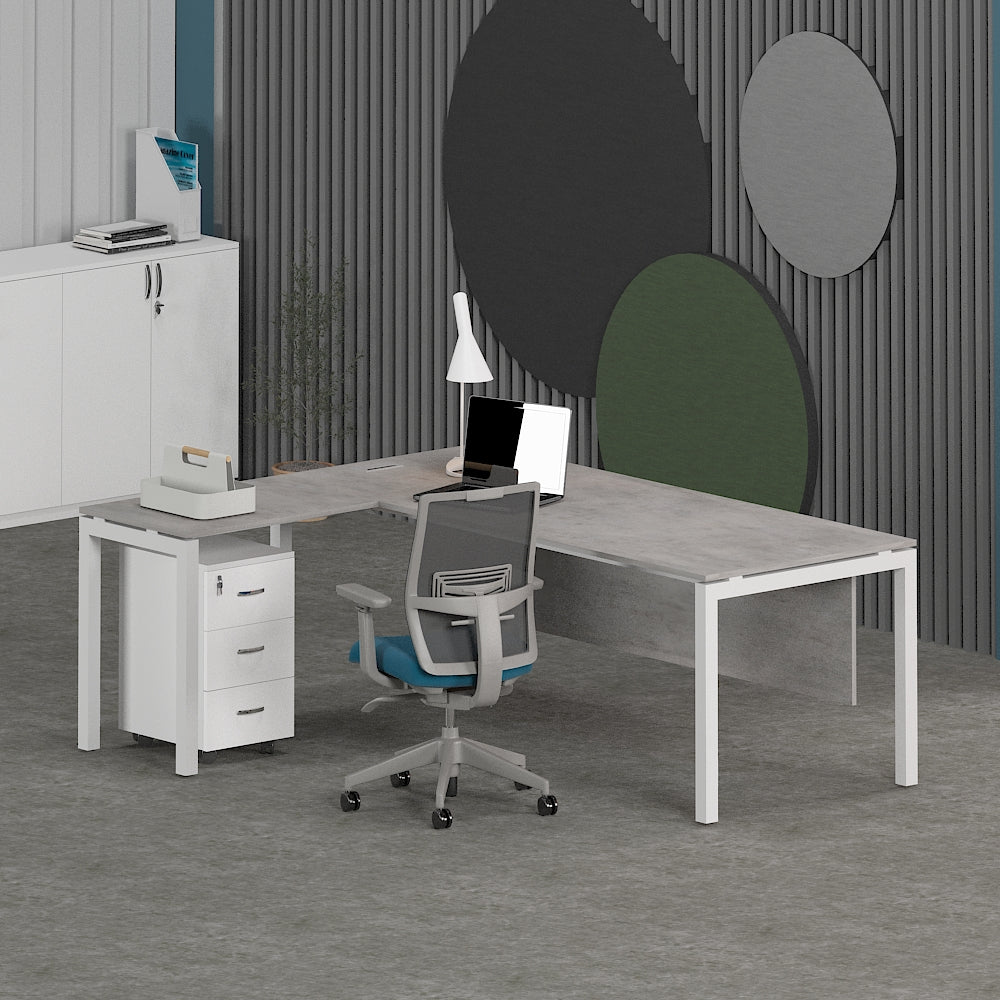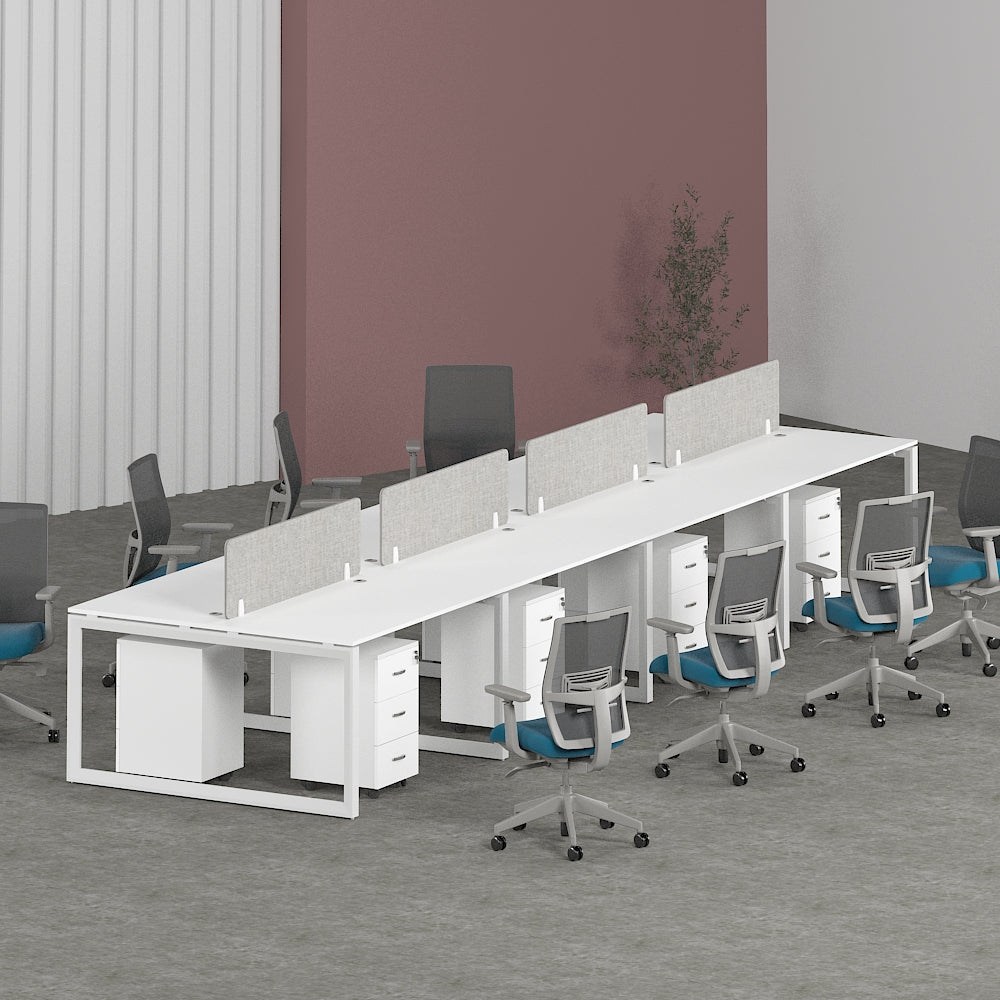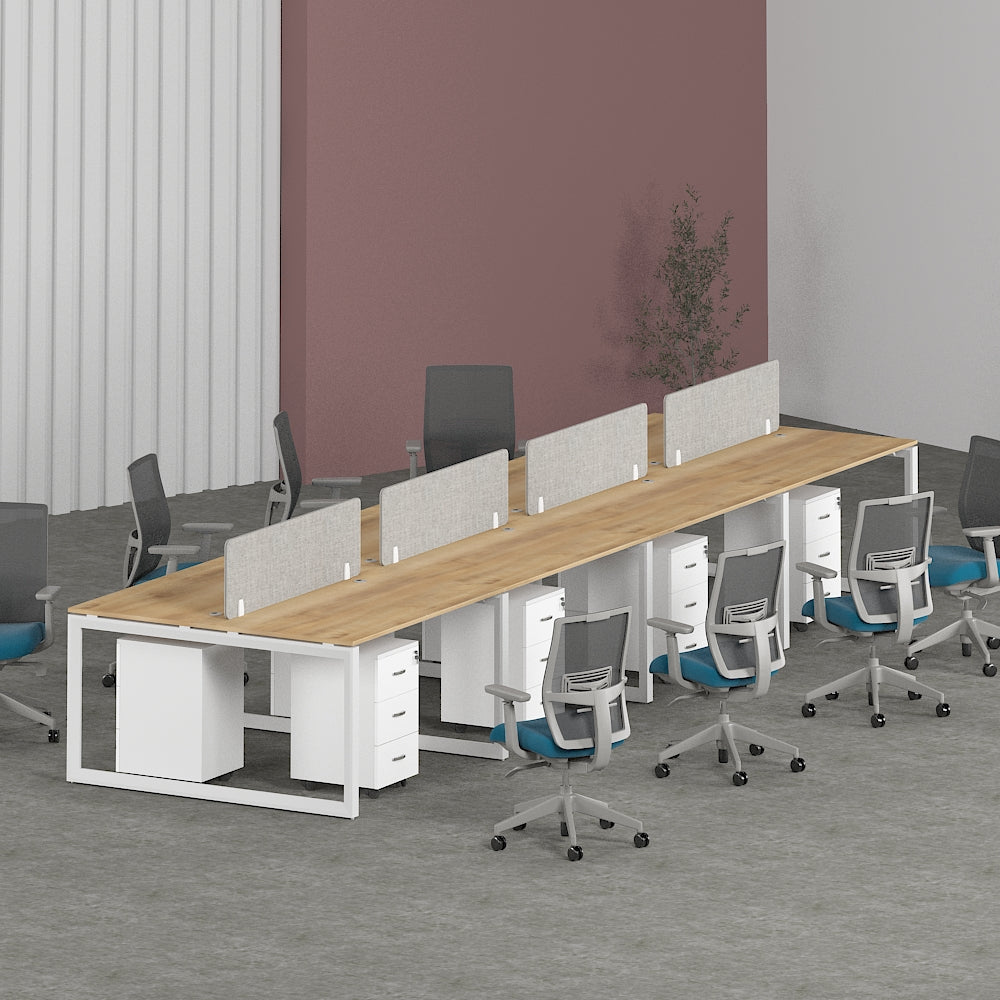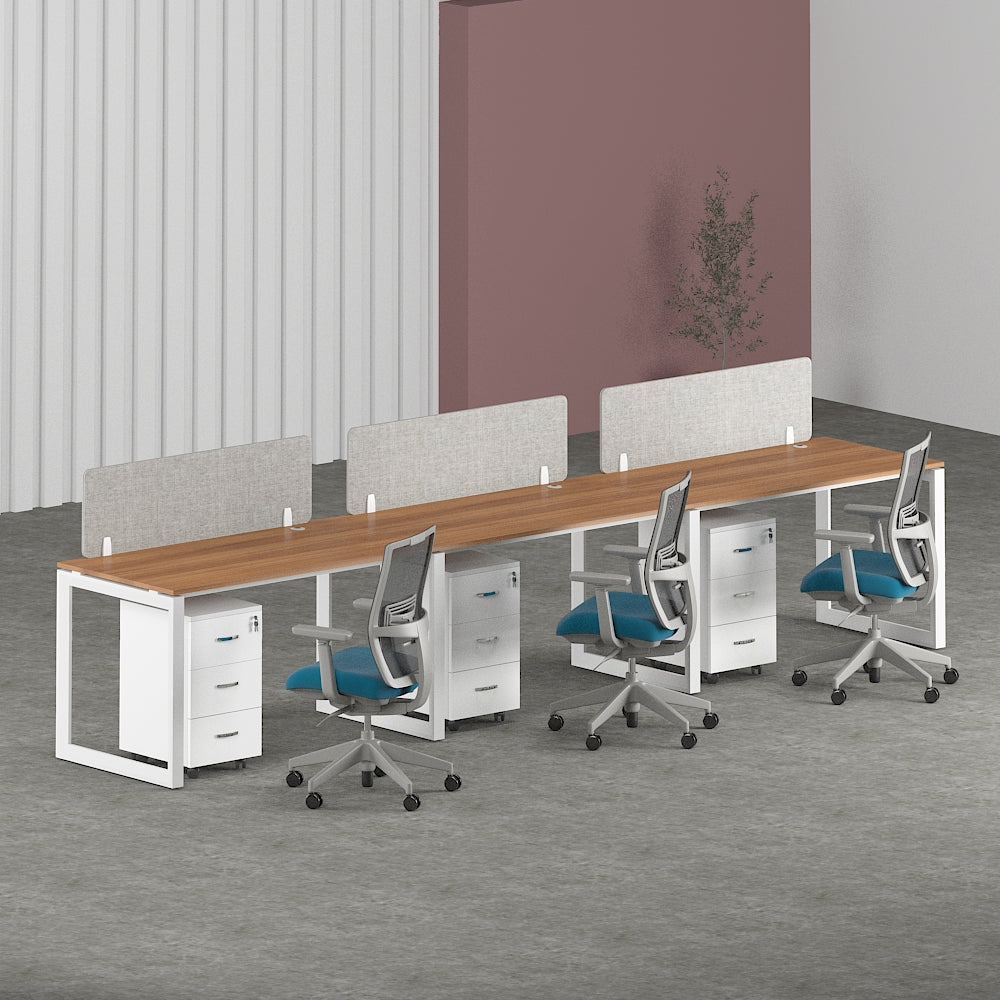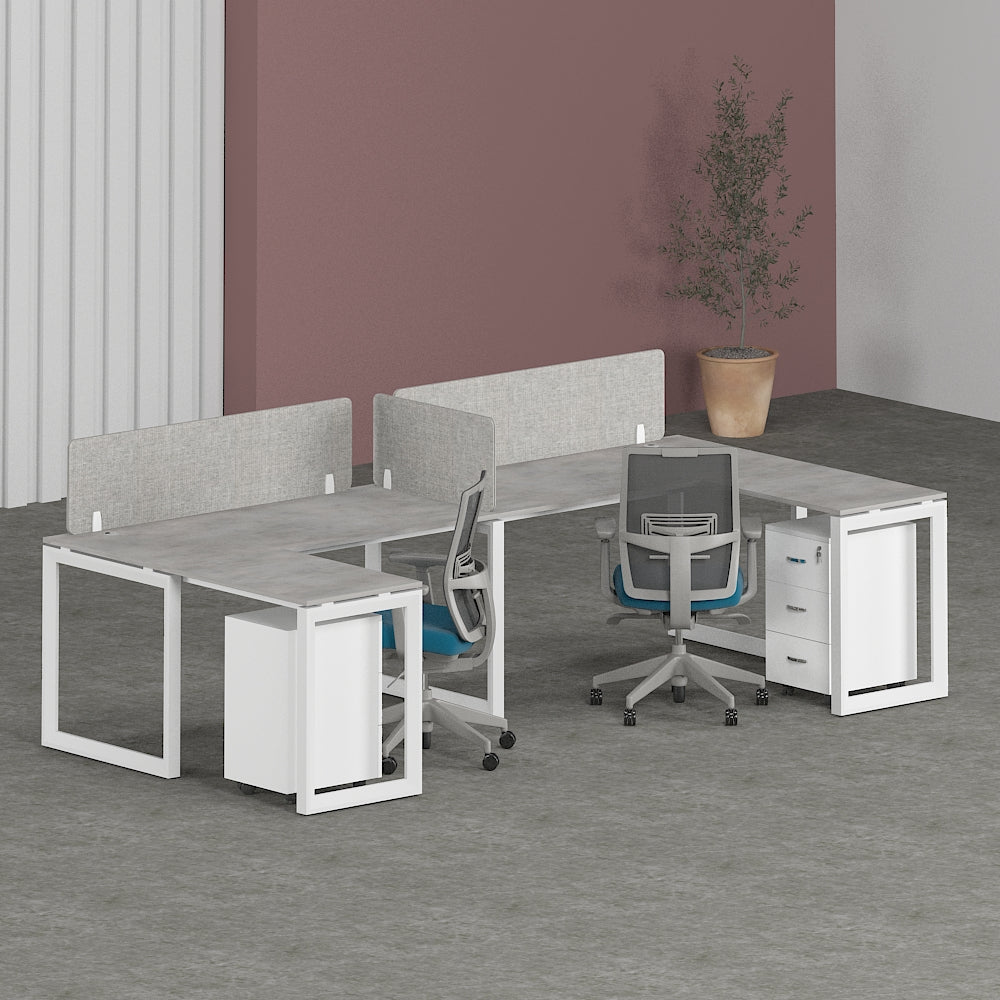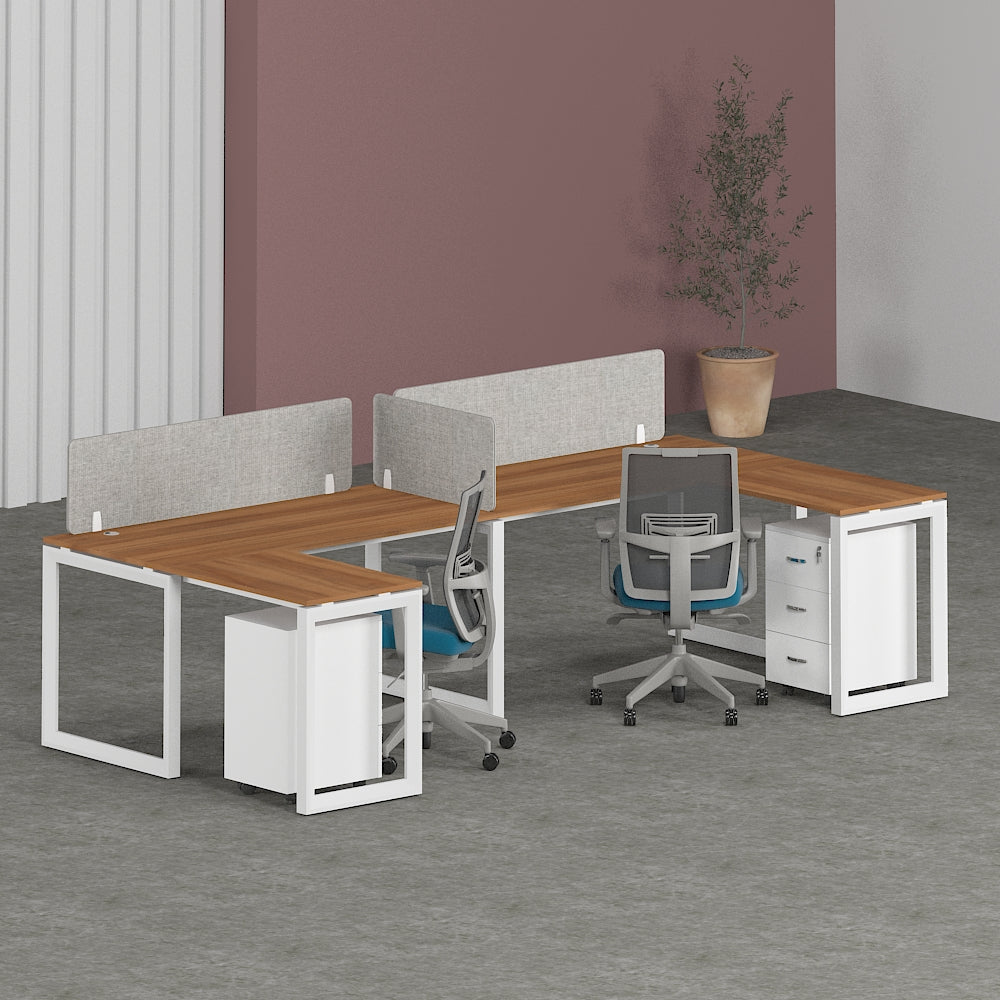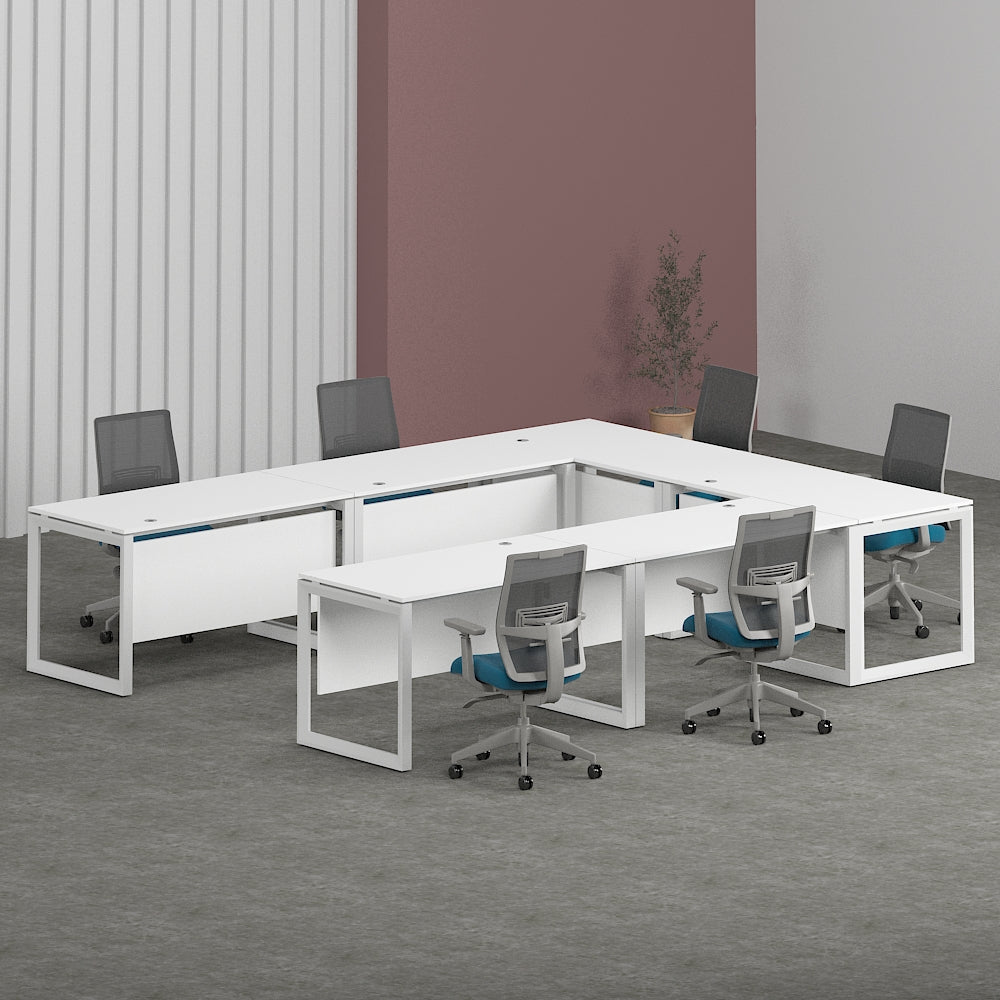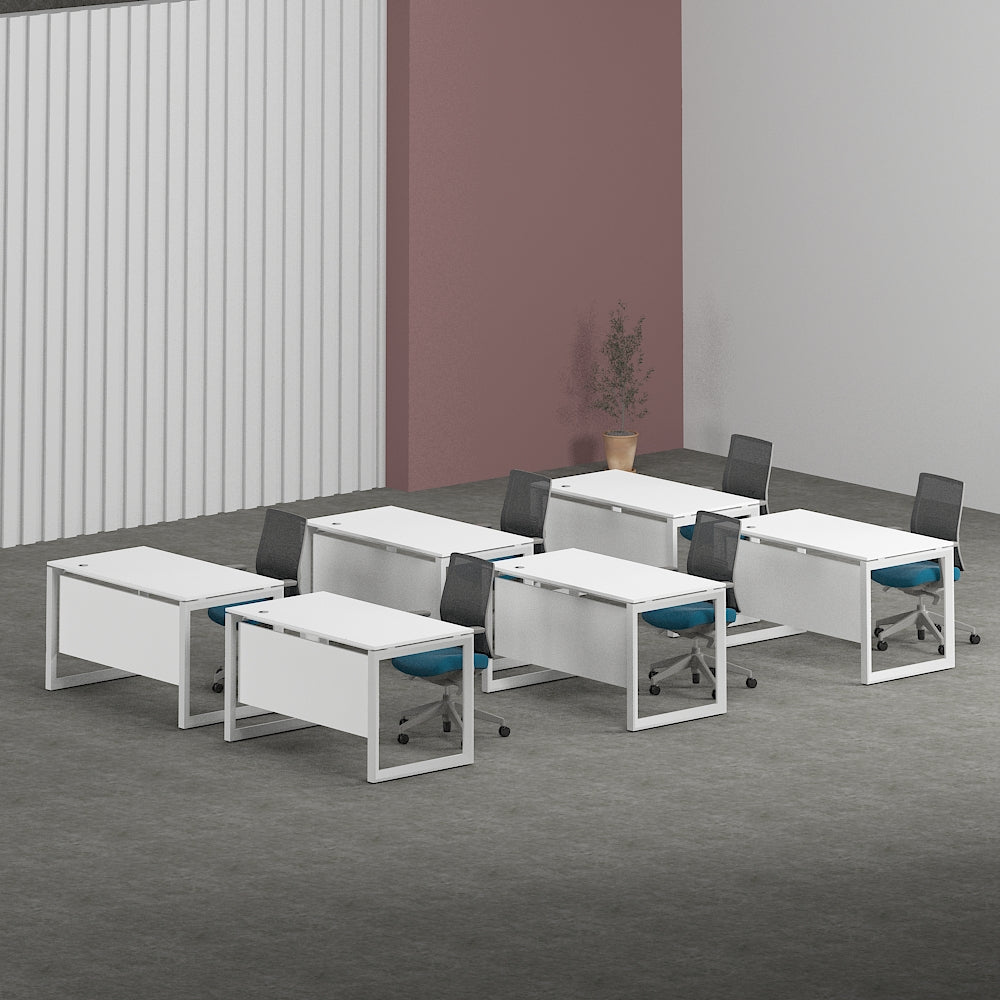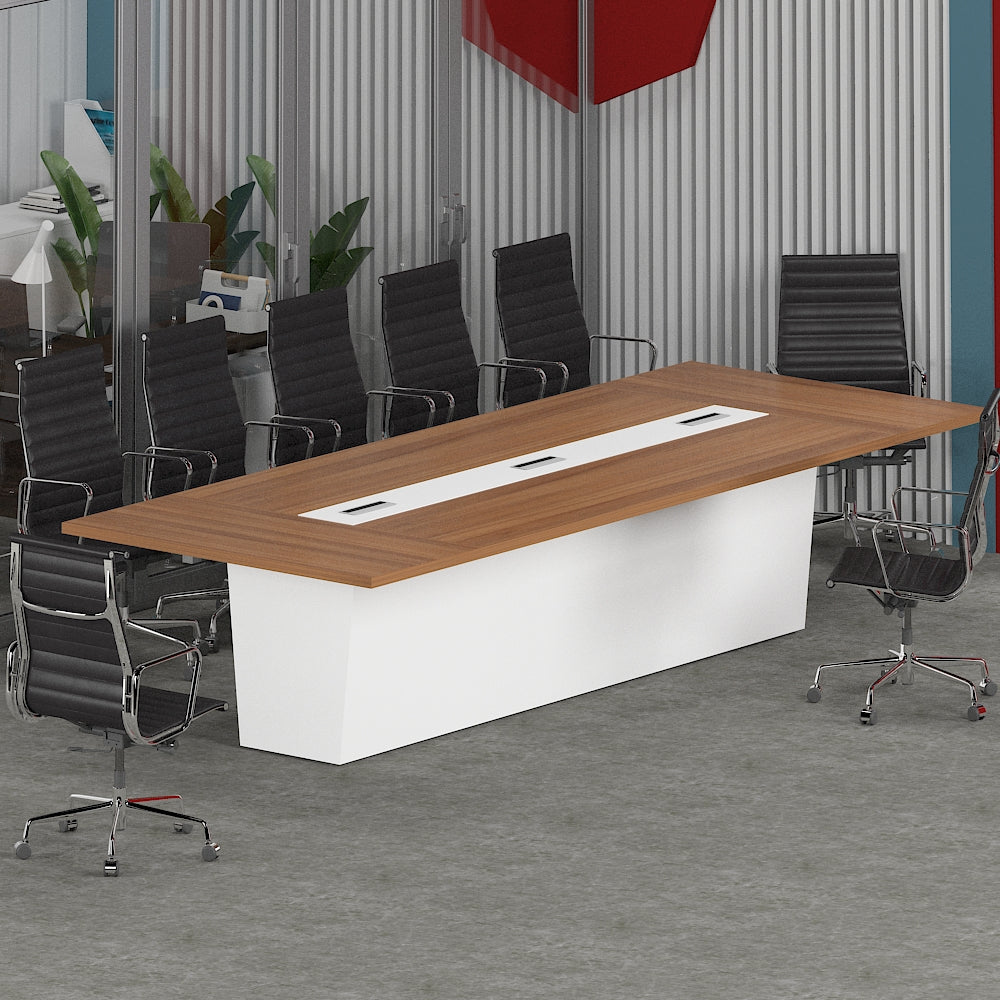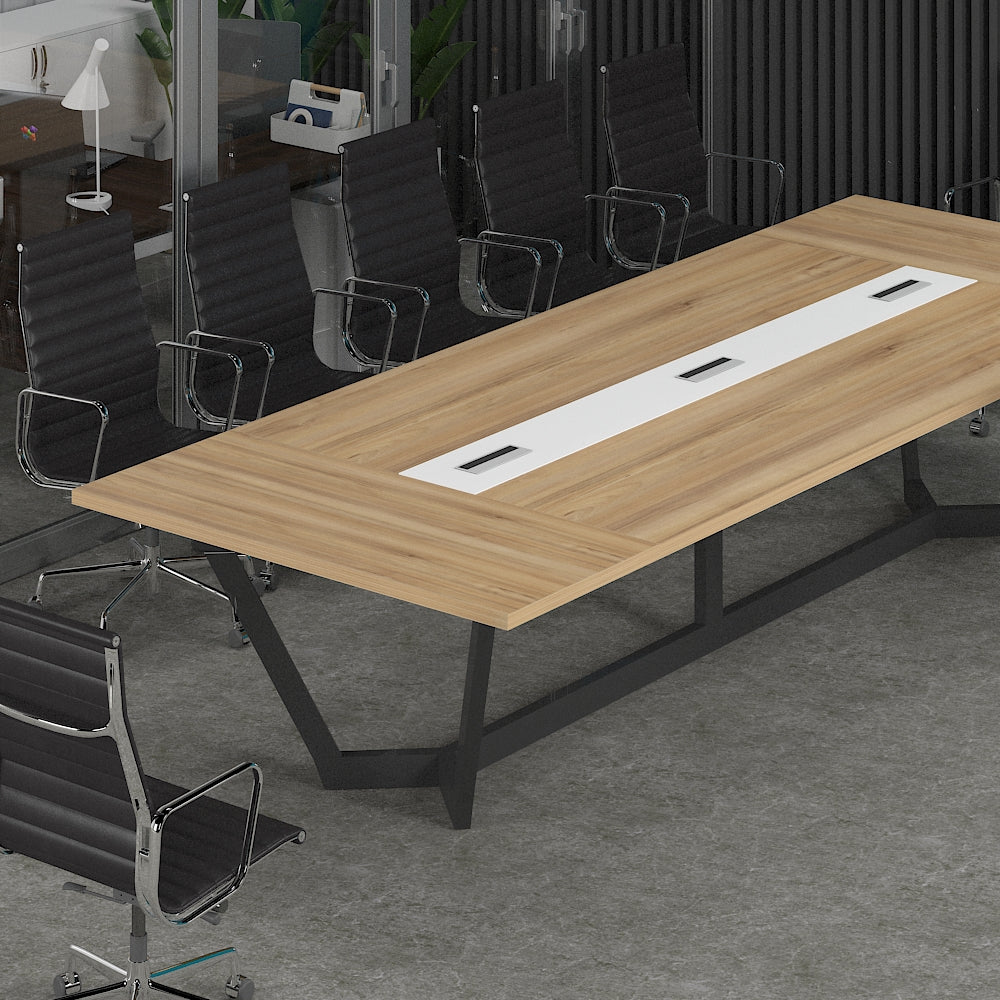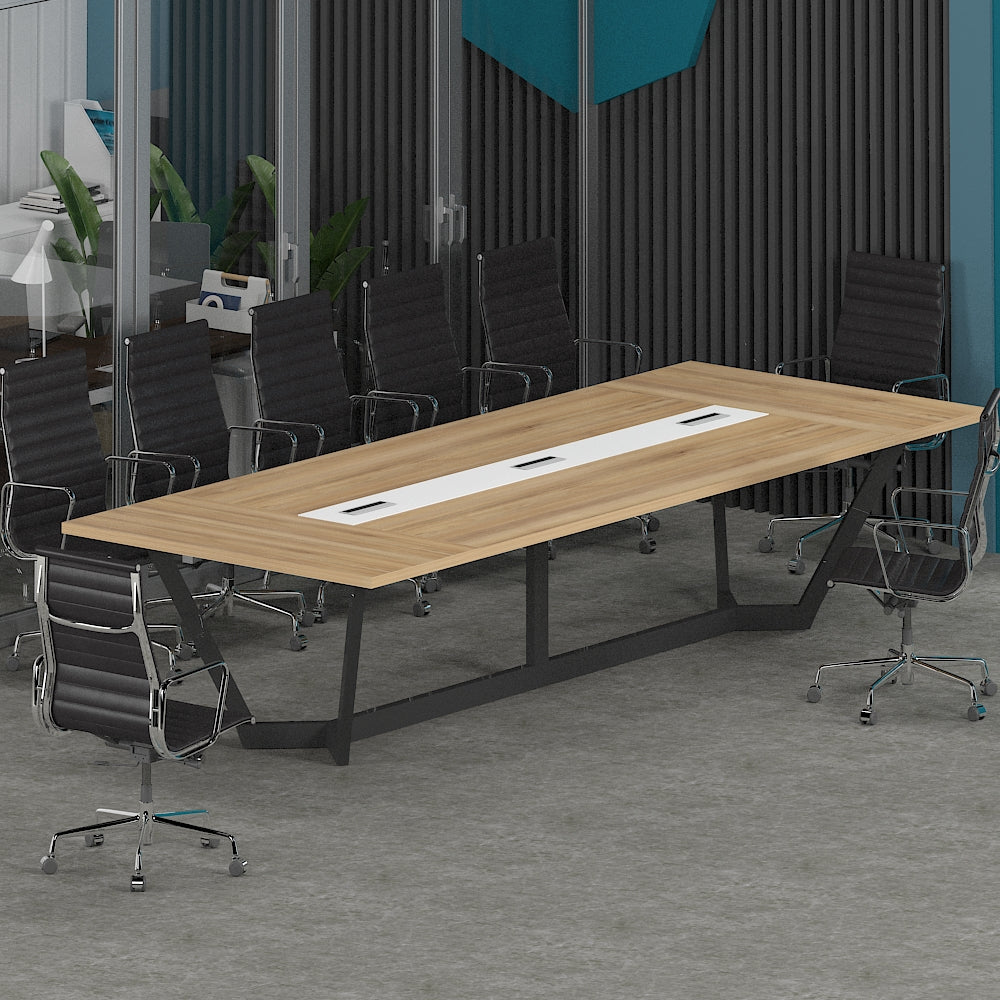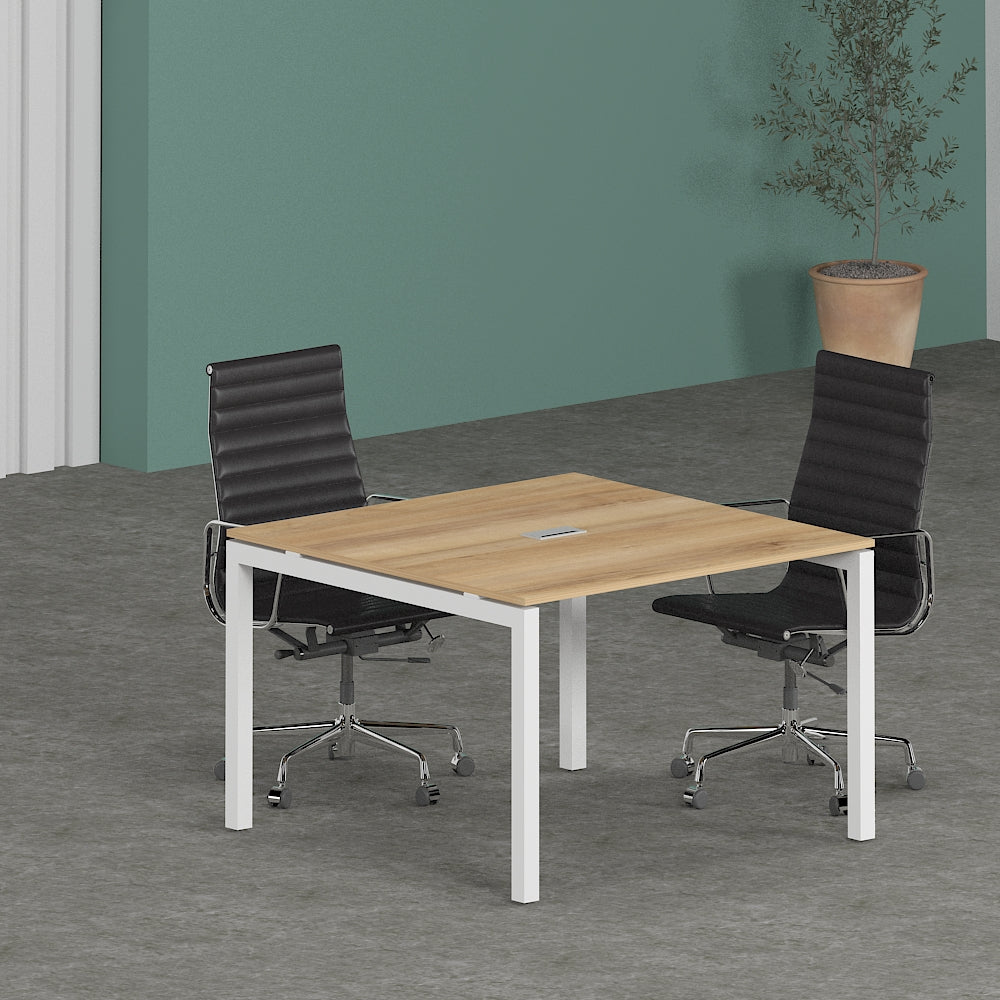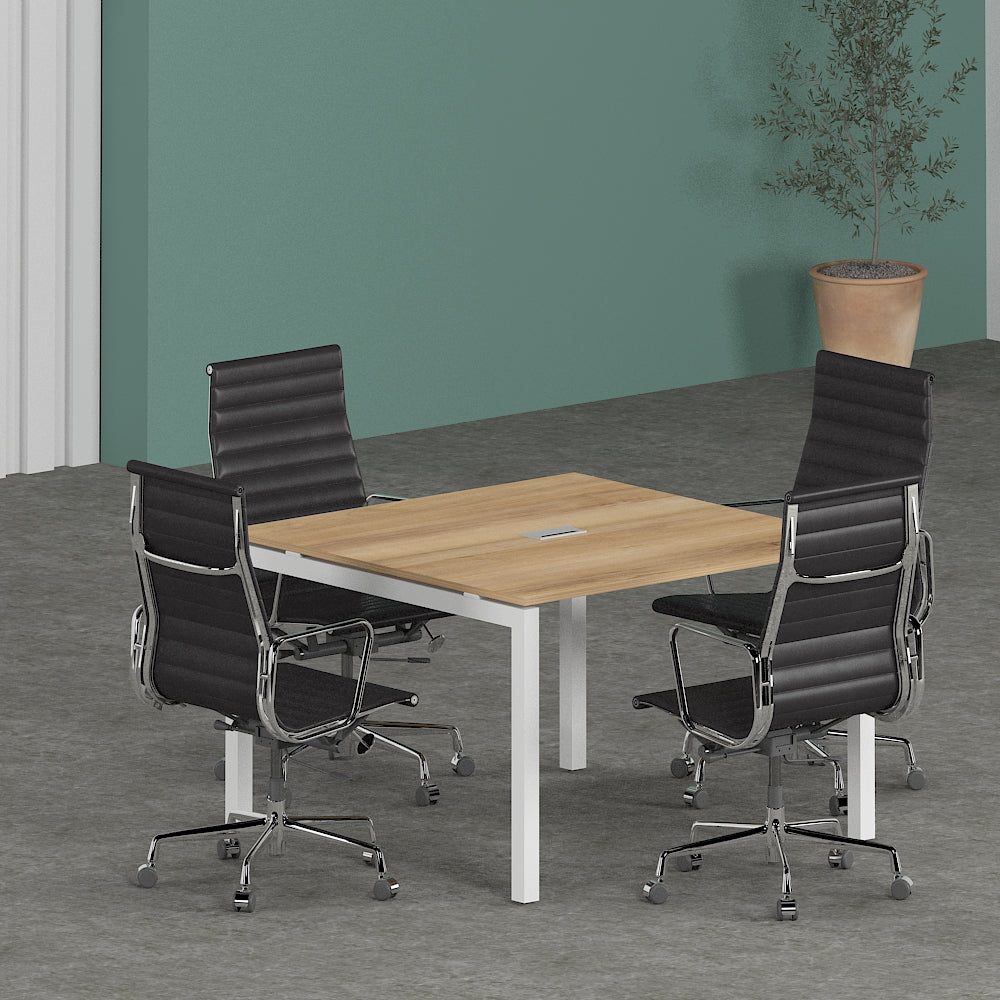Co-Working Spaces: Revolutionizing the Way We Work
Introduction
In today's fast-paced world, traditional office setups are becoming a thing of the past. Enter co-working spaces - the dynamic hubs of innovation, collaboration, and flexibility. But what exactly is a co-working space, and why are they gaining immense popularity?
Benefits of Co-Working Space
Collaboration Opportunities
Co-working spaces offer a melting pot of diverse talents and industries under one roof. Imagine being surrounded by entrepreneurs, freelancers, and remote workers, all eager to exchange ideas and support each other's ventures. This collaborative atmosphere fosters creativity and sparks innovation like no other.
Cost-Effectiveness
For startups and solopreneurs, leasing a traditional office space can be a hefty financial burden. Co-working spaces provide a budget-friendly alternative, offering flexible membership options and eliminating the need for long-term leases. Plus, shared amenities like high-speed internet, meeting rooms, and office supplies are often included, saving members even more money.
Networking Benefits
In the business world, connections are everything. Co-working spaces serve as hotbeds for networking, allowing professionals to expand their circles and forge valuable relationships. Whether it's striking up a conversation over a cup of coffee or attending networking events hosted by the space, opportunities to connect abound.
Types of Co-Working Spaces
Shared Office Space
Shared office spaces are the bread and butter of the co-working world. These open-plan environments provide individual workstations alongside communal areas, such as lounges, kitchens, and collaboration zones. Members have the freedom to choose where they work based on their preferences and the nature of their tasks.
Virtual Office Space
In an increasingly digital landscape, virtual office spaces offer the ultimate flexibility for remote workers and freelancers. These platforms provide access to essential business services, such as mail handling, call forwarding, and virtual receptionists, without the need for a physical office presence. It's the perfect solution for professionals on the go.
Hybrid Work Environments
As the lines between work and life blur, hybrid work environments are on the rise. These spaces combine the best of both worlds, offering a mix of in-person and remote work options to cater to diverse workstyles. Whether you prefer the buzz of a bustling co-working space or the tranquility of your home office, hybrid environments accommodate your needs.
Creating a Productive Co-Working Environment
Design Considerations
The design of a co-working space plays a crucial role in shaping the user experience. From ergonomic furniture to vibrant decor, every element should be carefully curated to inspire productivity and creativity. Thoughtful layout designs can facilitate natural interactions and foster a sense of community among members.
Community Building Strategies
At the heart of every successful co-working space lies a strong sense of community. Space operators can cultivate this community spirit through curated events, workshops, and networking opportunities. By fostering meaningful connections among members, co-working spaces become more than just a place to work—they become a home away from home.
Technology Integration
In the digital age, technology is the backbone of modern workspaces. Co-working spaces leverage cutting-edge technologies to enhance collaboration, streamline operations, and create seamless user experiences. From high-speed internet and cloud-based software to smart office gadgets, tech-savvy amenities are essential for staying competitive in the co-working industry.
Challenges and Solutions
Distractions and Noise
While co-working spaces offer a vibrant atmosphere, they can also be prone to distractions and noise. To mitigate these challenges, space operators can designate quiet zones, implement noise-cancelling solutions, and provide noise-cancelling headphones to members. Additionally, fostering a culture of respect and consideration among members can help minimize disruptions.
Privacy Concerns
Privacy is another common concern in co-working environments, especially for professionals handling sensitive information. To address this issue, space operators can offer private meeting rooms, phone booths, and dedicated workstations for members who require confidentiality. Implementing robust security measures, such as keycard access and secure Wi-Fi networks, can also reassure members about the safety of their data.
Remote Work Management
With the rise of remote work, managing distributed teams has become a top priority for businesses. Co-working spaces can support remote work initiatives by providing virtual collaboration tools, remote access to resources, and opportunities for team building and professional development. By embracing remote work trends, co-working spaces remain relevant in an ever-evolving work landscape.
Future of Co-Working Space
Impact of Technology
As technology continues to advance, so too will the capabilities of co-working spaces. From AI-powered assistants to virtual reality meeting rooms, the future holds endless possibilities for innovation. Co-working spaces that embrace emerging technologies will stay ahead of the curve and meet the evolving needs of their members.
Trends in Workspace Design
Workspace design trends are constantly evolving to adapt to changing workstyles and preferences. Biophilic design, flexible layouts, and wellness-focused amenities are just a few trends shaping the future of co-working spaces. By staying attuned to these trends, space operators can create environments that inspire productivity, creativity, and well-being.
Evolution of Remote Work
Remote work is here to stay, and co-working spaces will play a pivotal role in its evolution. As remote teams become the norm, co-working spaces will serve as central hubs for collaboration, connection, and community. By offering flexible membership options and tailored services for remote workers, co-working spaces will remain essential components of the modern work ecosystem.
Conclusion
In conclusion, co-working spaces are revolutionizing the way we work, offering a flexible, collaborative, and dynamic alternative to traditional office setups. From shared workspaces to virtual offices, the possibilities are endless. So whether you're a freelancer, entrepreneur, or remote worker, why not explore the world of co-working and experience the benefits firsthand?
FAQs:
-
What is the difference between a co-working space and a traditional office?
- While traditional offices are typically leased by a single company, co-working spaces are shared environments where individuals and small teams can work alongside each other.
-
Are co-working spaces only for freelancers and startups?
- Not at all! Co-working spaces cater to a diverse range of professionals, including remote workers, small businesses, and corporate teams looking for flexible workspace solutions.
-
How can I find the right co-working space for my needs?
- Start by considering factors such as location, amenities, community vibe, and membership options. Visiting potential spaces and chatting with current members can also help you gauge if it's the right fit for you.
-
Are co-working spaces only for work, or can I socialize too?
- Co-working spaces often host social events, networking mixers, and workshops, providing ample opportunities to connect with fellow members both professionally and socially.
-
Are co-working spaces secure?
- Yes, reputable co-working spaces prioritize the safety and security of their members. They implement measures such as keycard access, surveillance cameras, and secure Wi-Fi networks to ensure a safe working environment.




